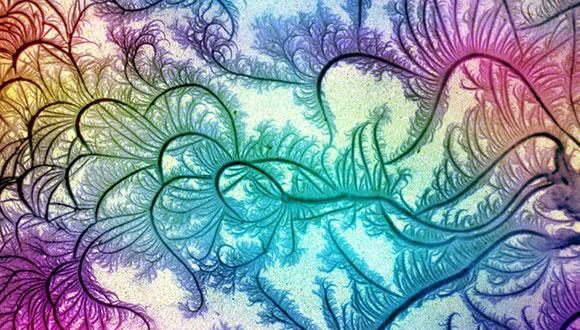Biological & Soft Matter Seminar: How Deeply Cells Feel: Nucleus-To-Cytoskeleon Regulation by Matrix-Induced Tension and Phosphorylation
Amnon Buxboim, HUJI
Abstract:
Matrix elasticity and thickness differ widely between tissues, but pathways by which microenvironment mechanics impact cell and nuclear phenotypes are largely unknown. Mesenchymal stem cells (MSCs) exhibit mechanosensitive differentiation as they spread and deform their nuclei more on thin-and-soft or stiff matrices compared to soft matrices that suppress contractility. A tactile length scale of microns is determined based on morphologies and transcript profiles that revealed a subset of nuclear envelope genes which are not only mechanosensitive in MSCs but also vary across tissues. Lamin-A is a key gene that increases together in tissue with myosin-II's that generate cell tension, and both lamin-A and nuclear deformation in MSCs increase with matrix thin-ness and stiffness coupled to myosin-II activity. In turn, lamin-A levels also regulate myosin-II in a broad transcriptional program that stresses the nucleus, with nuclear mechanosensitivity depending upstream on tension-suppressed phosphorylation/cleavage of lamin-A. Matrix stiffness thus reveals how deeply cells feel inside and out.
Seminar Organiser: Jonathan Schwitzer


